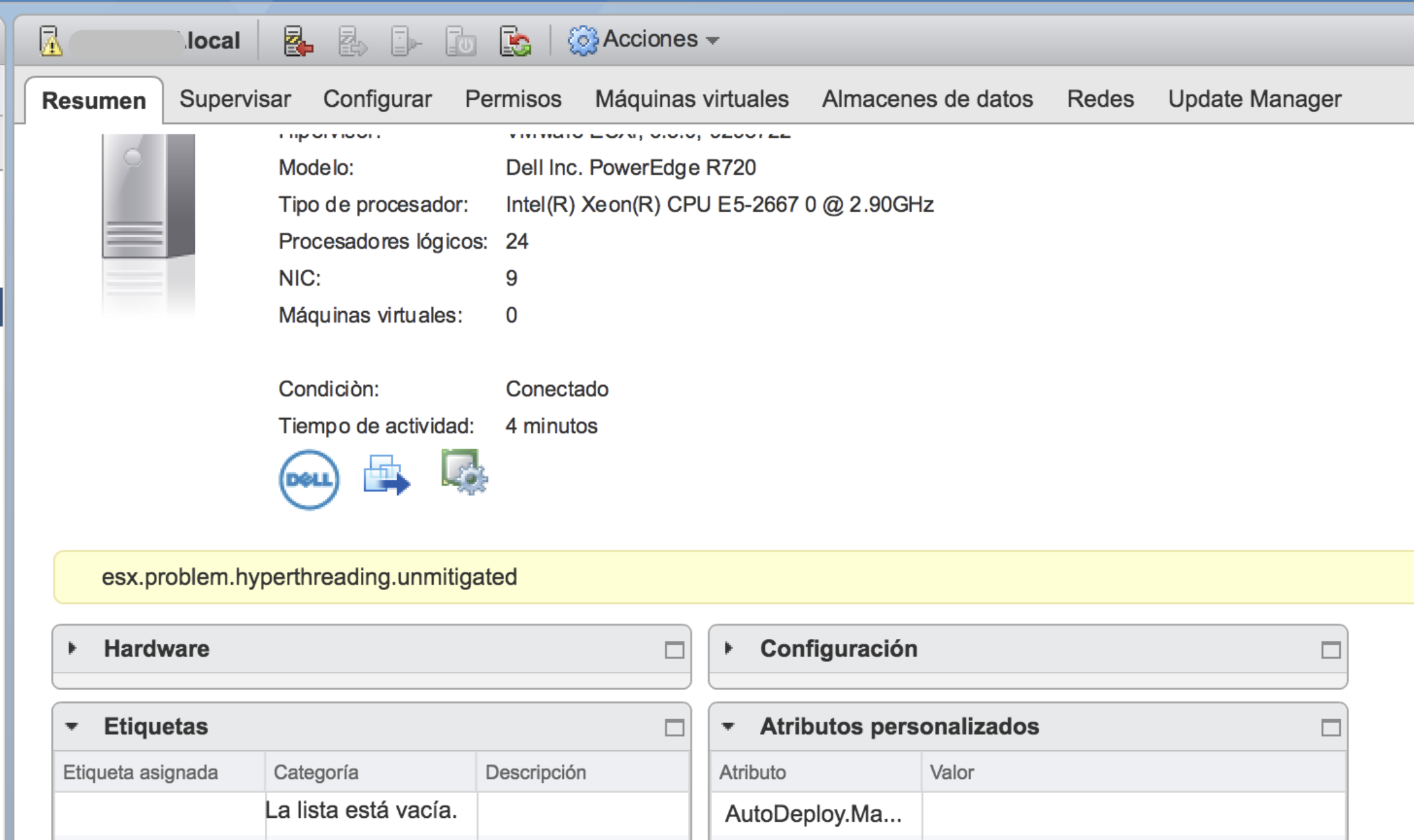A host that is enabled for hyperthreading should behave similarly to a host without hyperthreading. You might need to consider certain factors if you enable hyperthreading, however. ESXihosts manage processor time intelligently to guarantee that load is spread smoothly across processor cores in the system.

You can specify how the virtual CPUs of a virtual machine can share physical cores on a hyperthreaded system.
Two virtual CPUs share a core if they are running on logical CPUs of the core at the same time. You can set this for individual virtual machines.
Procedure
- Hyperthreading technology allows a single processor core to execute two independent threads simultaneously. While hyperthreading does not double the performance of a system, it can increase performance by better utilizing idle resources leading to greater throughput for certain important workload types.
- The purpose of this article is to provide an overview of the security issues related to speculative execution in Intel processors described by CVE-2018-3646 (L1 Terminal Fault - VMM), CVE-2018-3620 (L1 Terminal Fault - OS), and CVE-2018-3615 (L1 Terminal Fault - SGX) as they apply to VMware products.
Vmware Hyperthreading Unmitigated Tool
- Find the virtual machine in the vSphere Web Client inventory.
- To find a virtual machine, select a datacenter, folder, cluster, resource pool, or host.
- Click the Related Objects tab and click Virtual Machines.
- Right-click the virtual machine and click Edit Settings.
- In the Virtual Hardware tab, expand the CPU section.
- Select a hyperthreading mode for this virtual machine from the HT Sharing drop-down menu.
- Click OK.
